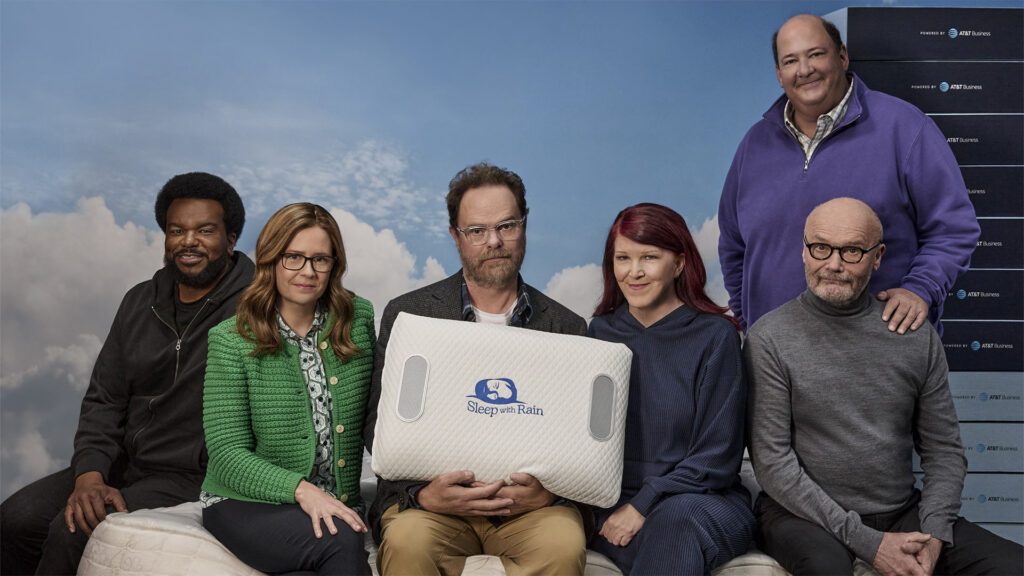Consider the fact that CES, the most influential tech event in the world, was completely virtual this year. Instead of 170,000 tech geeks descending on Las Vegas, online attendees could check out endless content on demand, including nearly 2,000 exhibits, dozens of speakers and a constant stream of product announcements.
Pre-COVID-19, the idea of a virtual CES would have been an unbelievable concept since it is known for its rich in-person experience. But the pandemic has affected how we all do business. And let me tell you, marketing plays a big part in what’s changing. As CMO of T-Mobile, I’m as obsessed with tech trends as I am with marketing and the customer experience.
One major perk of CES going digital is that you can see more things and even catch replays of sessions. Here are five big-picture lessons about the future of marketing that I took away from this year’s show.
Business shifts caused by COVID will last longer than COVID itself. In fact, analysts point out that many of the major disruptions caused by the pandemic, including mass online retailing and remote work, were actually accelerations of trends set in motion a decade ago. We’ve only now seen them happen at scale and with urgency. And now that we have, they’re here to stay. In his CES panel, Harris Poll CEO John Gerzema shared a powerful stat: 64% of consumers say that COVID has shown them how to really shop online. This digital trend will only grow as virtual concerts and clubs, AR-enhanced sporting events and streaming become more ubiquitous.
Personalization vs. privacy: Marketers must find the balance. Because e-commerce is bigger than ever, online advertising is, too. As marketers devise advertising experiences that reach customers where they are based on very specific metrics — location, travel, friend groups, purchase history, browsing history, etc. — we must also keep customer info safe and secure. Just as important, we need to send a convincing message about how we’re doing so. This conversation is only getting more relevant as we head into a more customized, personalized retail future.
This acceleration of our digital lives will require MASSIVE capacity. Depending on where they live, consumers deal with latency issues when streaming movies or playing online video games at home. With the rise of AR-enhanced browsing and other innovations that require very high speed, some of the coolest technologies won’t work on slower systems. Consumers today are looking for instant gratification – and they expect services to handle a lot of use and still run fast. Home internet needs to rise to the occasion we’re in, which means universal 5G access can’t come quickly enough.
Thankfully, T-Mobile is already on it with the most widespread 5G coverage map in the country — 2.5x the size of AT&T and nearly 4x the size of Verizon in square miles — and you can expect us to keep setting the bar high as we prepare to launch 5G home broadband.
Flexibility is essential. The marketer’s job is to use data and research to help inform decisions based on instinct. But we also have to keep in mind that the human animal does not follow models and is really hard to predict. If 2020 taught us anything, it’s that behavior norms can change drastically almost overnight. It’s all about keeping pace with change. Winning brands are the ones that make changes at the same pace as their customers’ changing demands. When we endure radical changes in our society —like we have faced the past year — it’s pretty easy to tell which brands are responsive and which are not.
Additionally, consumers want a quick and effortless experience, whether they’re shopping online, on their phones or at a brick-and-mortar store. Retail can no longer be called “traditional,” because 32% of poll respondents say they’ll spend less time in stores after the outbreak is over, and 87% prefer to shop with touchless self-checkout. No matter how people shop, they’ll demand personal attention from retailers who anticipate their needs.
It’s a wide-open landscape for commerce, which actually bodes well for T-Mobile, because we love a challenge! We’re already famous for our stellar customer service, and thanks to AI and machine learning augmenting our Team of Experts care model, we’re getting even better.
Brands must offer more than a product. The retail experience has shifted. Because consumers have easy access to so much online information, traditional advertising is no longer the only source consumers rely on to make decisions. Now they base their choices on recommendations — information they get from online communities, social networks and influencers. They’re reading reviews, following company execs on social media and thinking more deeply about their purchases. They’re also researching the character of companies they purchase from: Do they offer reliable customer service? Is their business environmentally friendly? Are their hiring practices ethical? Do they emphasize diversity? A company’s values are just as important as what it sells.
And amid all the current uncertainty, customers want to believe that their habits, and those of the companies they choose, benefit the wider community. Conscience commerce, as it’s known, is more vital than ever. In her Marketing with Purpose presentation, MJ DePalma, Head of Global Multicultural & Inclusive Marketing at Microsoft Advertising, said recent polls show that 80% of people believe brands should play a role in solving societal problems. And even more (88%) want brands to step up on sustainable lifestyles and improve their environmental and social footprint.
Even as companies turn a profit, they must play a part in making the world a better place. And when it comes to doing good, there’s no time like the present. That’s the story customers want to hear. It’s up to companies like T-Mobile to tell it.
Matt Staneff is T–Mobile’s executive vice president and chief marketing officer.




